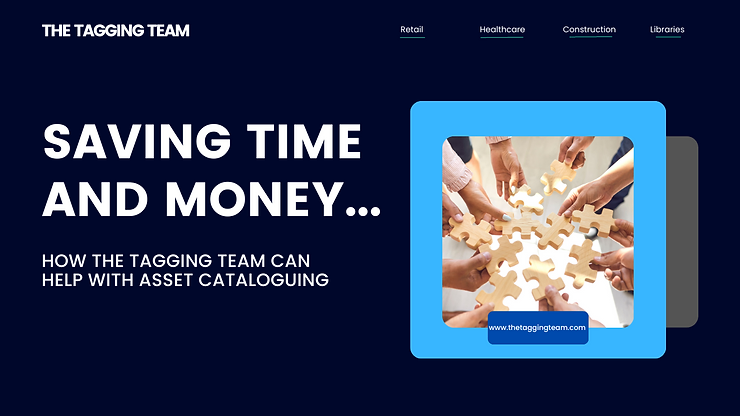Managing assets in educational institutions can be a logistical nightmare. From expensive lab equipment and technology to library collections and sports gear, schools and universities are responsible for maintaining a vast array of resources. In today’s fast-paced world, manual tracking methods—such as spreadsheets or barcode systems—often fall short, leading to inefficiencies, errors, and even lost or misplaced items.
That’s where RFID (Radio Frequency Identification) technology comes in. Educational institutions worldwide are adopting RFID as a smarter, faster way to manage their assets. Let’s explore how RFID technology is transforming asset management in education and the key benefits it offers.
1. Real-Time Tracking for Better Control
One of the most significant advantages of RFID technology is its ability to provide real-time tracking of assets. Unlike barcodes, which require manual scanning of individual items, RFID tags can be read automatically from a distance, even when items are not in direct line of sight. This means schools can track assets like laptops, projectors, lab equipment, and even library books with minimal effort.
Imagine a school librarian being able to locate every single book in the library without manually scanning each one. Or a university lab manager having instant access to the whereabouts of expensive lab equipment at any given moment. This level of control not only saves time but also reduces the likelihood of losing valuable resources.
2. Increased Accuracy and Efficiency
Educational institutions handle a vast number of assets daily, making errors almost inevitable with manual tracking systems. RFID technology significantly reduces human error by automating the tracking process. Instead of manually entering data or scanning individual items, staff can use RFID to track hundreds of assets in just a few minutes.
For example, a university using RFID technology can conduct inventory checks 50% faster than with traditional methods. The result? Less time spent on inventory management and more time dedicated to education and student services.
3. Enhanced Security and Loss Prevention
Schools and universities are often targets for theft or loss, particularly when it comes to expensive equipment like computers, tablets, and audiovisual gear. RFID tags offer an additional layer of security by enabling institutions to monitor the movement of assets in real-time and set up alerts for unauthorised removal.
This technology is not only a powerful deterrent but also an effective way to recover lost or stolen items quickly. For educational institutions, this can mean significant cost savings, reducing the need for frequent replacements of high-value items.
4. Streamlined Library Management
Libraries are one of the busiest hubs in any school or university, with thousands of books and materials circulating at any given time. Managing this vast collection can be overwhelming for staff and students alike. RFID can streamline library operations, making it easier to track books, perform inventory checks, and improve the overall lending process.
By tagging books with RFID, librarians can scan entire shelves in seconds, eliminating the need for labor-intensive manual audits. RFID also simplifies the check-in and check-out process for students, reducing queues and allowing for a more seamless library experience.
5. Easy Integration with Existing Systems
One of the key concerns for schools and universities considering RFID is whether the technology will integrate smoothly with their existing systems. The good news is that RFID solutions are highly flexible and can be easily integrated into existing inventory management, library, or student systems.
At The Tagging Team, we work closely with educational institutions to ensure that the transition to RFID is smooth and seamless. From project planning to implementation and training, we take care of every detail so your staff can focus on what matters most—education.
6. Long-Term Cost Savings
While the initial investment in RFID technology may seem significant, the long-term cost savings can be substantial. RFID reduces the need for manual labor, minimises asset losses, and improves efficiency across the board. Schools and universities that switch to RFID often see a quick return on investment through better asset utilisation, fewer lost items, and more accurate inventory tracking.
For example, one university that partnered with The Tagging Team to implement RFID saw a 30% reduction in equipment loss within the first year alone. These savings allowed the university to invest in new learning resources and improve the student experience.
Conclusion: Future-Proof Your School with RFID
RFID technology is no longer a luxury for schools and universities—it’s becoming a necessity. With the ability to track assets in real-time, reduce errors, enhance security, and streamline processes, RFID is helping educational institutions run more efficiently and effectively.
At The Tagging Team, we specialise in RFID asset tagging and other asset management solutions tailored for the education sector. With our experience tagging over 36 million assets, we’re ready to help your institution take the next step toward smarter asset management.
Ready to learn more? Contact us today to discuss how RFID can benefit your school or university, or to schedule a demo of our solutions.




